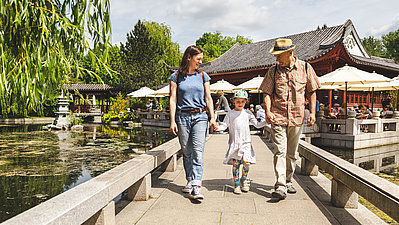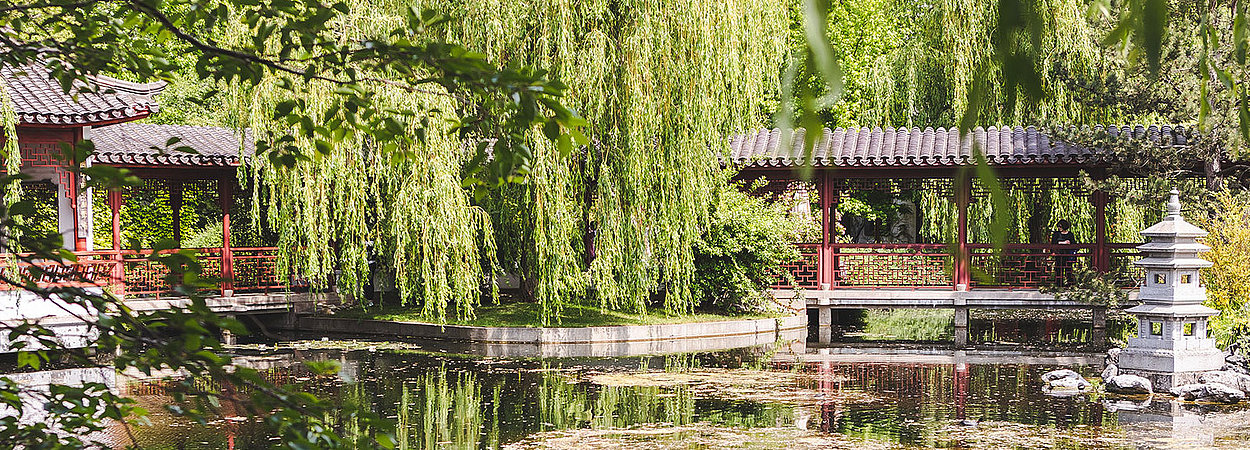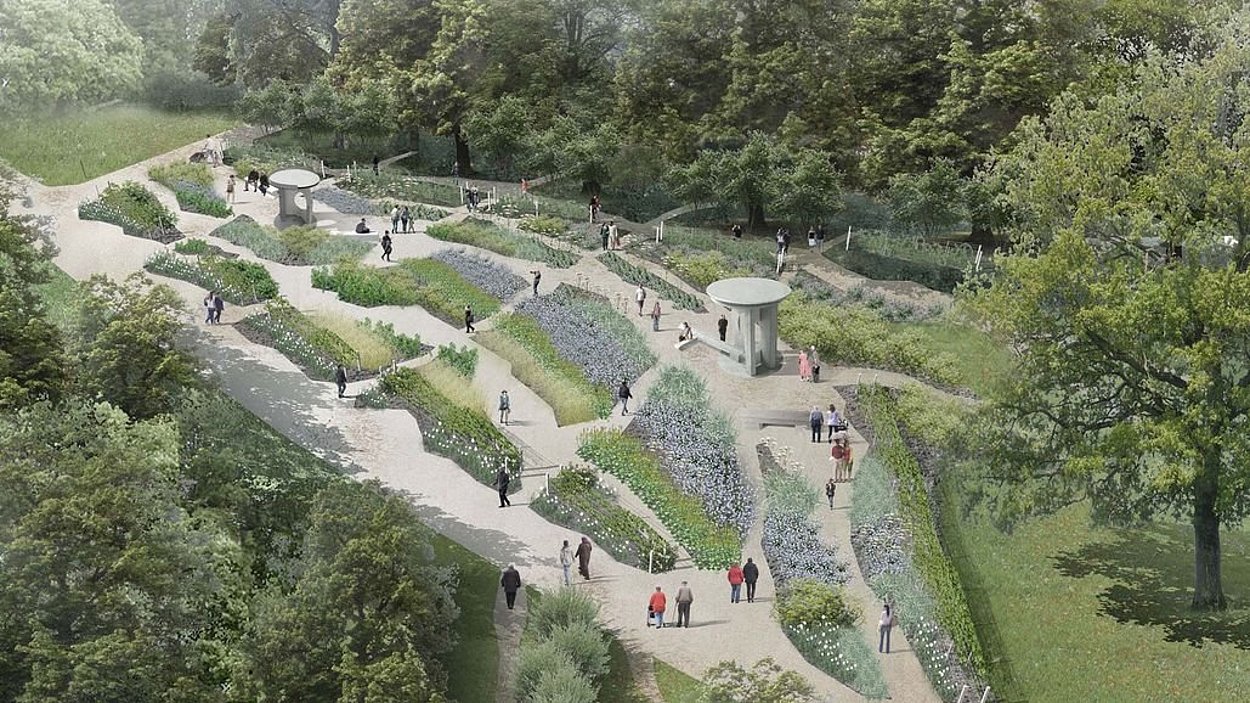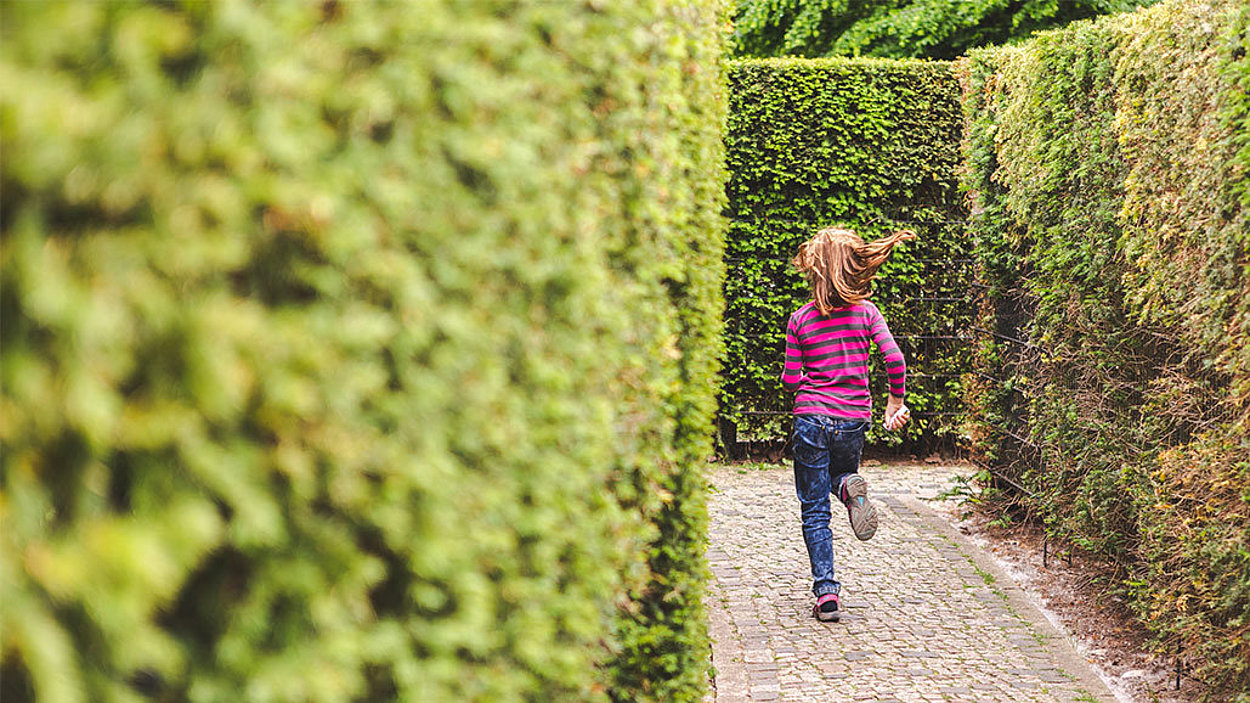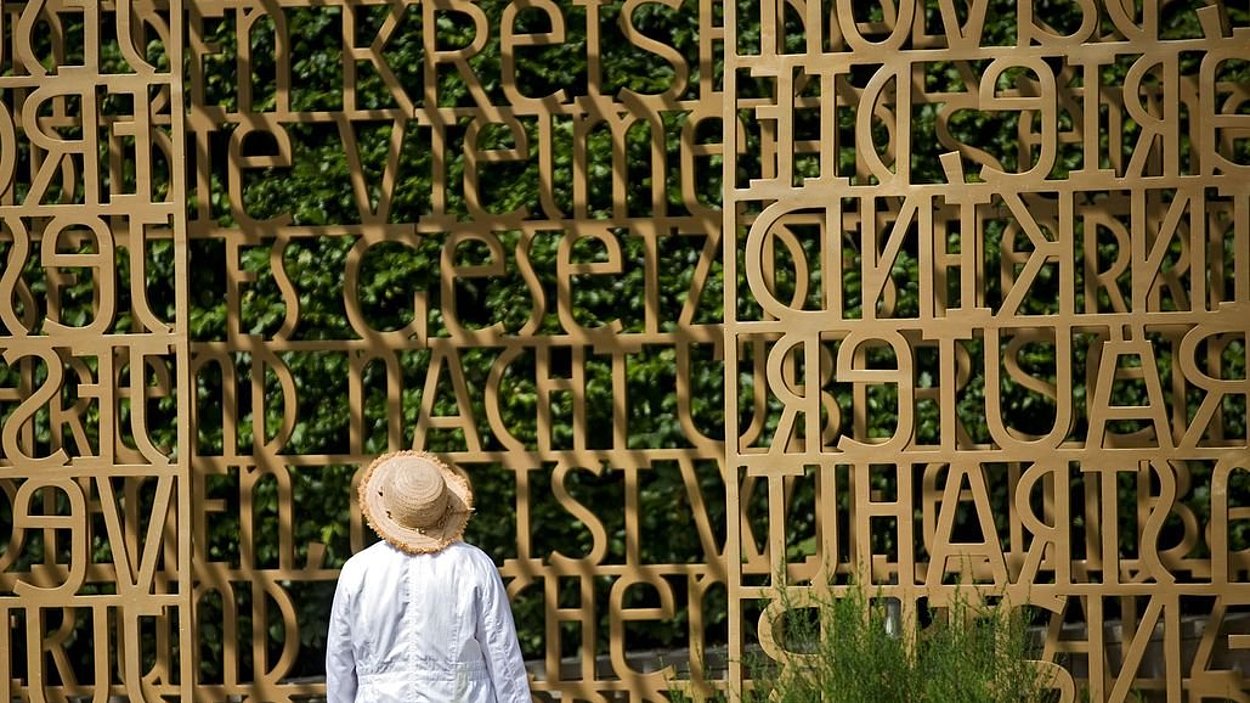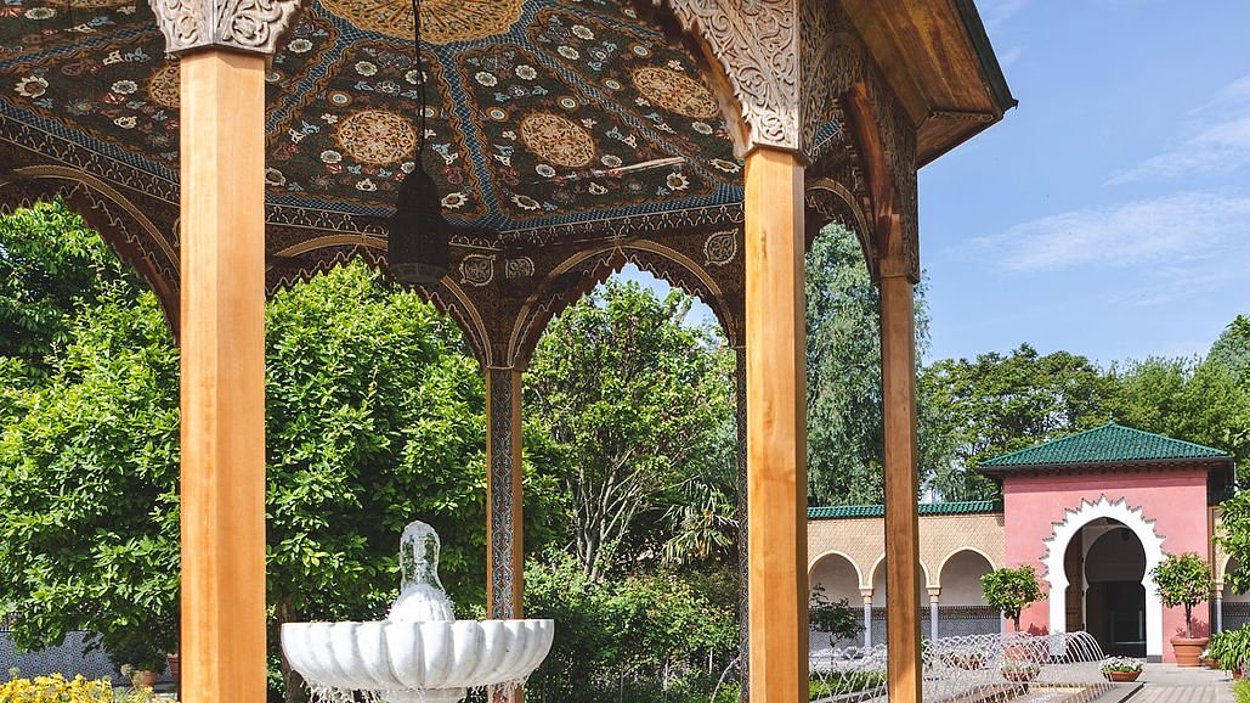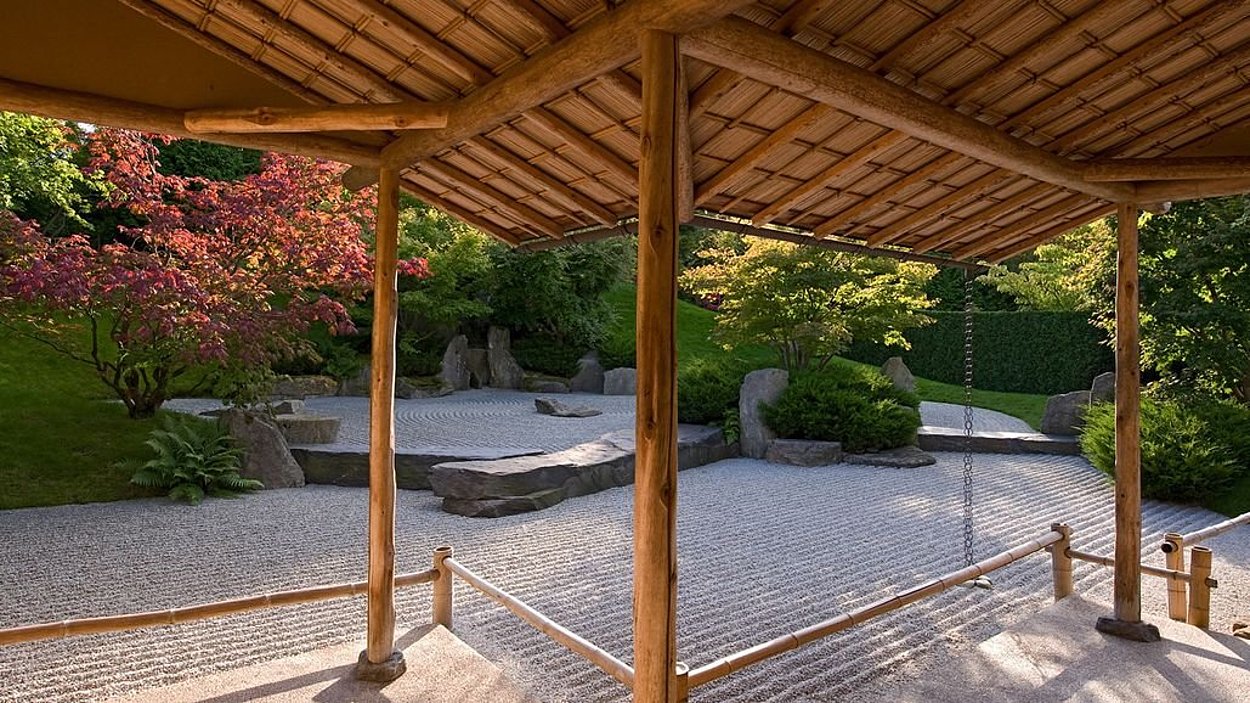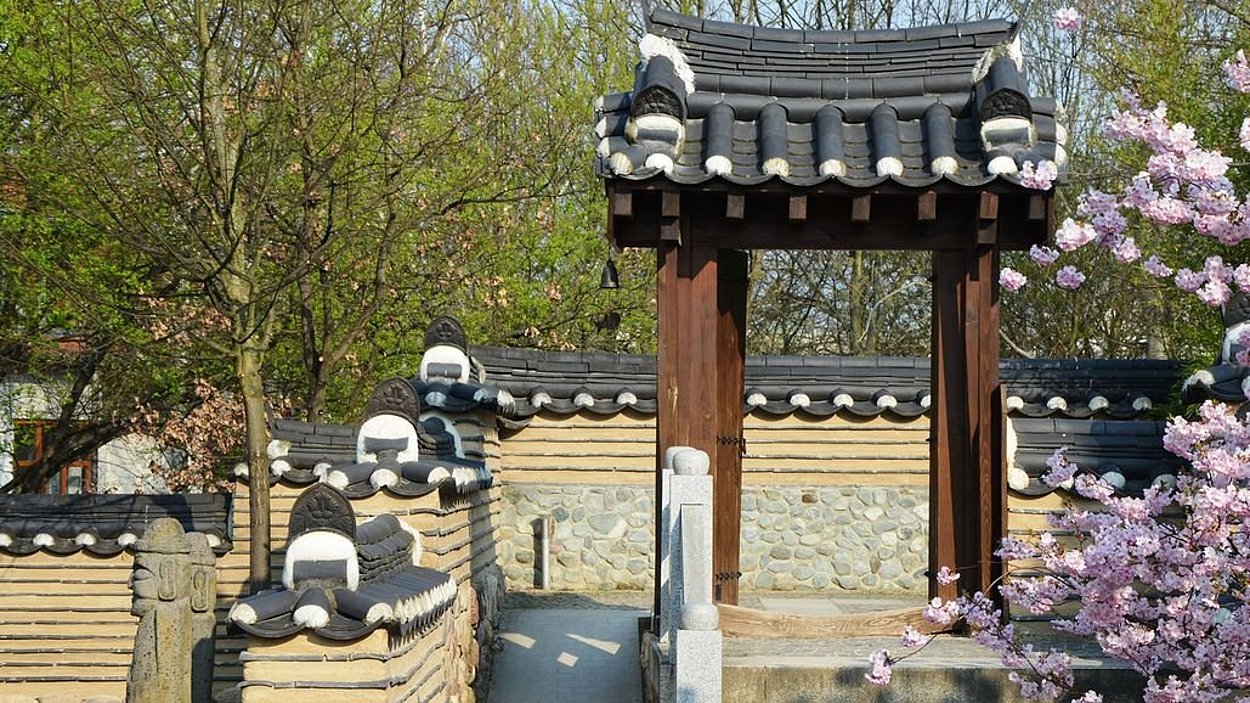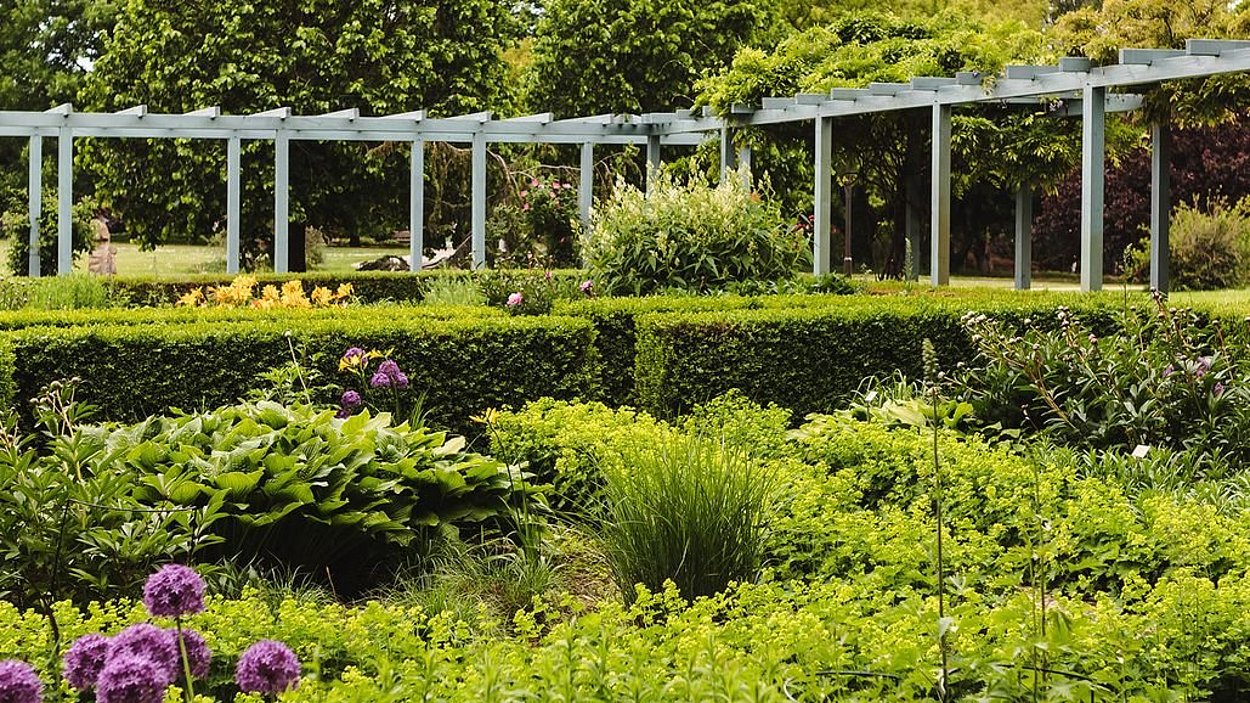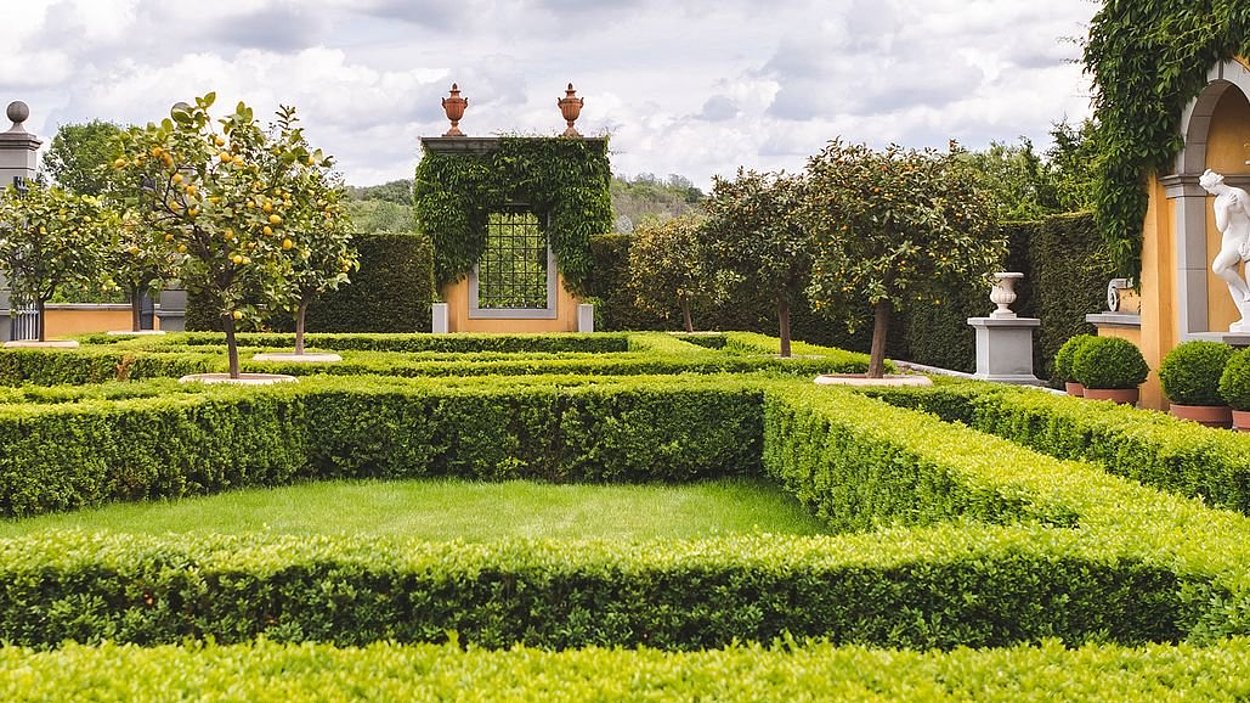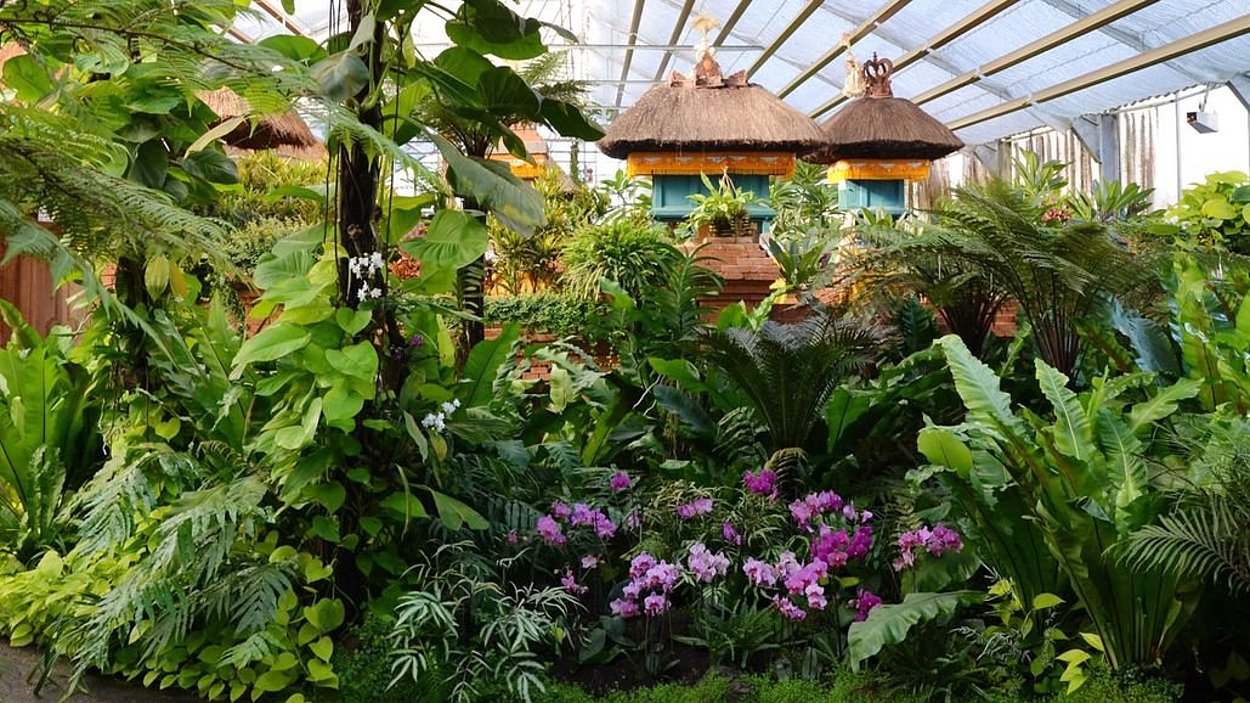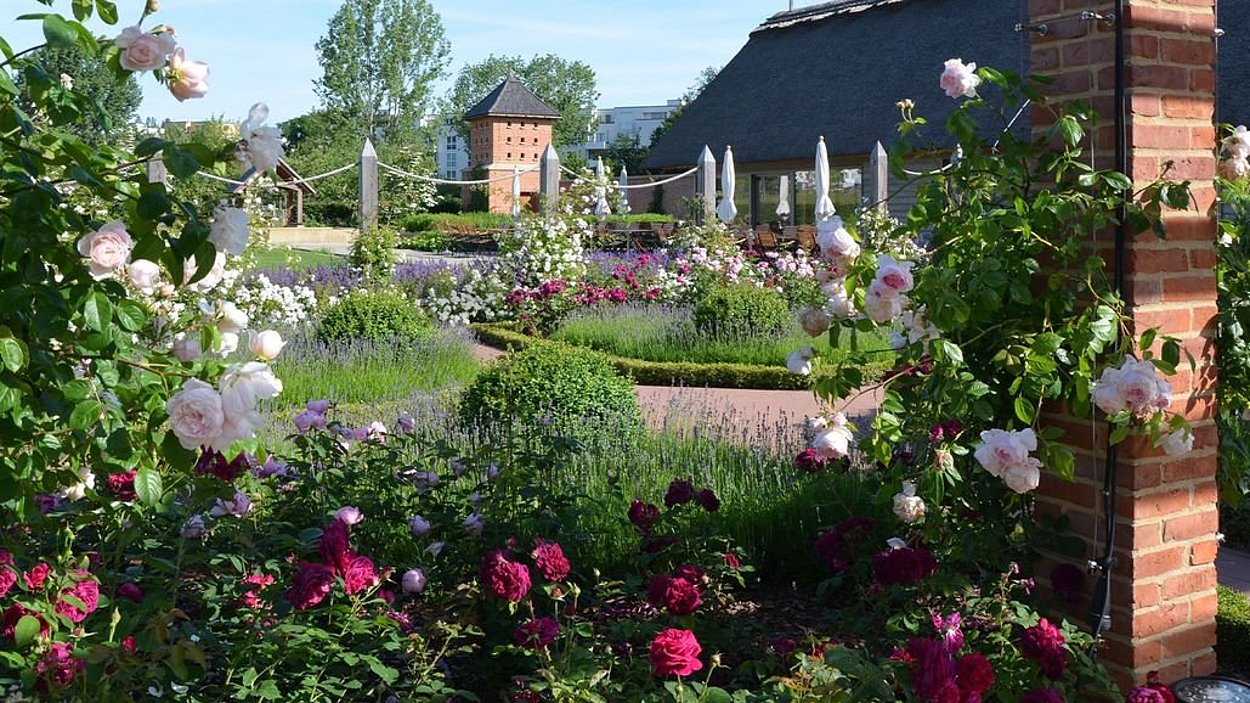Chinese Garden
The Adder Stones of China
In 1997, 18 shipping containers reached the Gärten der Welt. They were filled with all kinds of exciting materials and figures with which the Chinese Garden was designed in the next four years. Two particularly valuable treasures from the other end of the world are the so-called Taihu stones. The bizarre stones owe their name to their place of origin, to Lake Taihu in eastern China. The furrowed and eroded fantastic stone shapes must be as old and full of holes as good cheese. For these stones: the more holes they have, the more valuable they are.
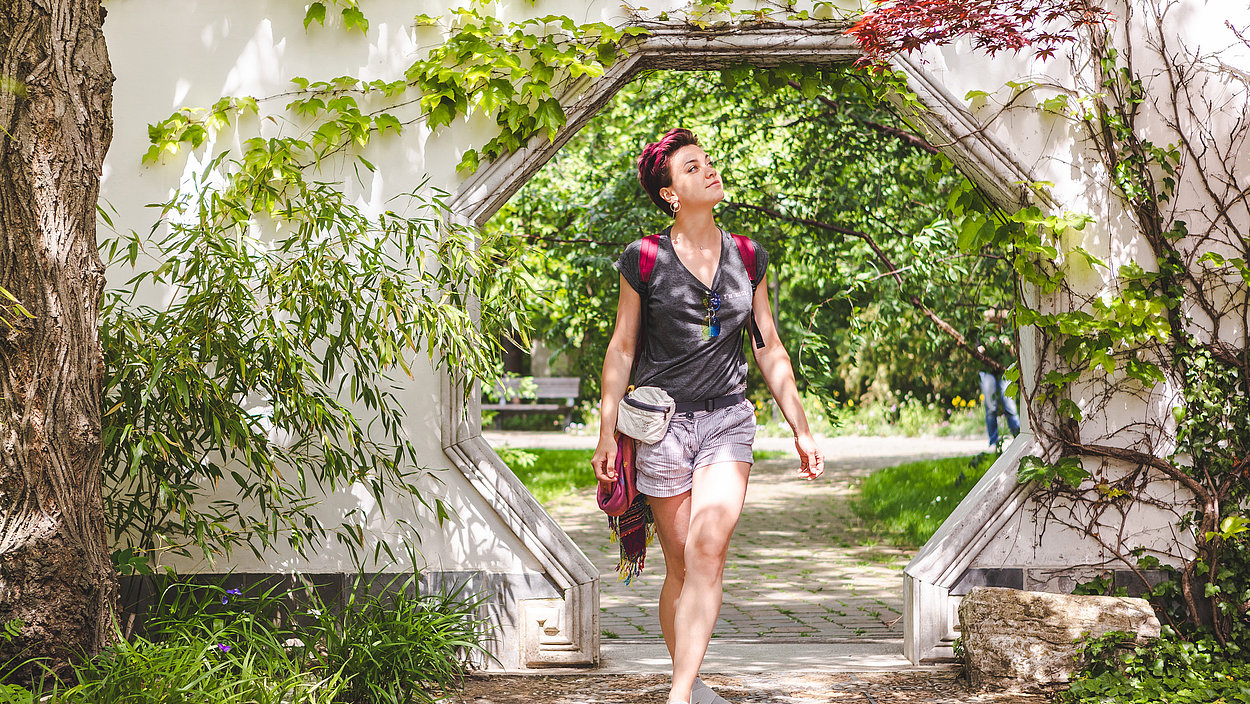
Garden of the Waxing Moon
The name of a Chinese garden often refers to the life story of its owner. The Chinese Garden, planned as part of a city partnership between Beijing and Berlin in 1994, bears the poetic name "Garden of the Waxing Moon”, whereby the moon stands as a symbol for the reunification of the once divided city of Berlin.
The Chinese Garden was the first "Garden of the World" and an original work of Chinese garden culture. The essential idea of the design was the translation of the millennia-old garden art of China into the present. The garden is both a new creation and a memory and representation of Chinese culture, which enters into a symbolic dialogue with the city of Berlin.
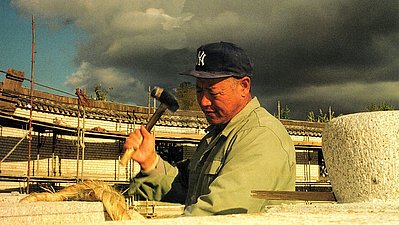
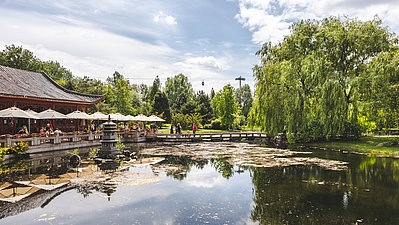
In the centre of the garden you will find the "Mirror of the Sky": a 4,500 square metre lake, surrounded by richly planted hills, various bridges, as well as all sorts of buildings and squares.
The Symbolic Power of Chinese Plants
Traditionally, plants in China have a high symbolic power. For example, chrysanthemums, which only flower when all other plants have already withered, stand for a long life in Chinese tradition. Magnolias are reminiscent of the beauty, purity and sweetness of the feminine, and pines, which stand for structure and constancy, symbolise the masculine. Bamboo that bends but does not break is a sign of adaptability.
"Berghaus zum Osmanthussaft" Tea House
The tea house is the architectural cherry on top of the Chinese Garden. It is reached via winding riverside paths and a bridge. Once there, you can enjoy over 30 different varieties of green tea and Chinese tea art demonstrations.
